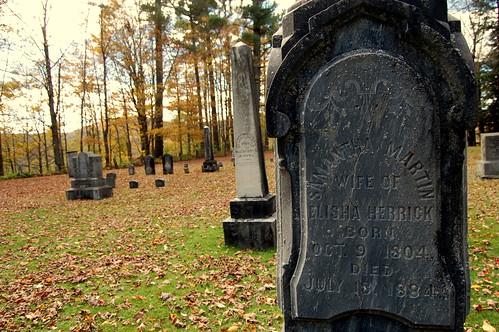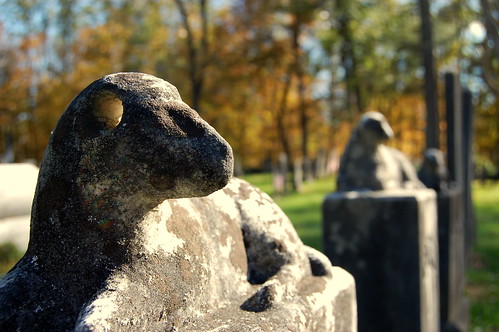Out of the Ashes: How an Irish Episcopal Priest Saved Norwich University
/ I've sold a new article to the Norwich Record, titled Out of the Ashes: How an Irish Episcopal Priest Saved Norwich University. This was one of the projects that I was working on last fall, and shortly after the start of the New Year, I submitted my final draft. The research phase was interesting: going through archives and piecing together a rather interesting and diverse man that was a central, but forgotten figure in Norwich University and local Vermont history.
I've sold a new article to the Norwich Record, titled Out of the Ashes: How an Irish Episcopal Priest Saved Norwich University. This was one of the projects that I was working on last fall, and shortly after the start of the New Year, I submitted my final draft. The research phase was interesting: going through archives and piecing together a rather interesting and diverse man that was a central, but forgotten figure in Norwich University and local Vermont history.
When assigned to this project, I was a little skeptical: what exactly were the links between the Episcopal Church and how would something like this be relevant to today's reader and Norwich alum? After reading up on Bourns, it became clear that there are some interesting things that he has to teach us today.
Out of the Ashes: How an Irish Episcopal Priest Saved Norwich University
The year 1866 was a pivotal one for Norwich. In March, a fire destroyed the school’s primary building—the Old South Barracks—and the University’s future lay in jeopardy. The disaster represented the biggest challenge to date in Reverend Edward Bourns’ tenure as president, a career that had shepherded the young school through fifteen years of adversity, including hostilities from the citizens of Norwich and Hanover, crippling debt, and four years of civil war. Yet, under the immensely popular Irishman’s steadfast guidance and vision, the University would not only survive, but thrive.
NO ORDINARY MAN
Reverend Edward Bourns was well-equipped to run a college. A learned man, he not only held the office of president, but served on the faculty, teaching ancient languages and moral sciences. An ordained Episcopal priest, he held religious services on Sundays.
The reverend’s lack of military training in no way hindered his leadership abilities. Described by Adelbert Dewey as “a man of peace by profession, better versed in canon law than cannon balls,” he had nevertheless acquired “the swinging stride of the modern soldier.” An insatiable reader renowned for his “incisive and delicate wit,” it became a saying among the cadets “that no one could enter the doctor’s rooms on the briefest of errands and not depart wiser than he came.” An imposing presence at six foot two, Rev. Bourns was respected by all, and perfectly suited—both as a shrewd administrator and genial leader—to steer Norwich safely through perilous times.
Born October 29, 1801, in Dublin, Ireland, Bourns entered Trinity College in 1823, but put his education on hold to serve as a private tutor, completing his degree a decade later. Ellis’ History of Norwich University describes him as “a man of learning and acumen,” and at Dublin he won numerous book prizes for scholastic achievement.
From Dublin he moved to London, where he engaged his skills as a writer and reviewer, working alternately in the publishing industry and as a teacher. In 1837, he journeyed across the Atlantic to the United States, where he became acquainted with a fellow Irishman, the Reverend William DeLaney, Provost of Pennsylvania University. Shortly after, Bourns followed Reverend DeLaney (now the Bishop of Western New York) to Geneva, where he enrolled at Hobart College, earning his MA and becoming an adjunct classics professor. By 1841, having received his LLD from Hobart, he was ordained Deacon of Geneva’s Trinity College. Four years later, after a short stint as a fully ordained priest, Dr. Bourns resigned his professorship at Hobart and left for Brooklyn, N.Y., where he taught ancient languages for five years.
You can read the full article here.



